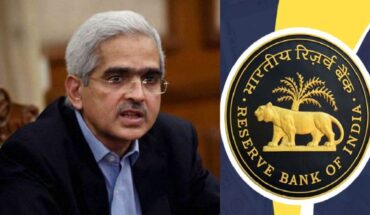India’s retail inflation cooled to 3.34 per cent in March — its lowest since 2018 — almost guaranteeing further interest-rate cuts by the Reserve Bank of India. With back-to-back 25-basis-point reductions already lowering the repo rate to 6 per cent, the central bank has clearly shifted its focus to growth. Falling food prices, especially vegetables, eggs and pulses, have pulled down headline inflation. This has already led to a decline in lending rates, which, in more stable times, would spur borrowing, investment and consumption. Yet these are not stable times.
Global trade tensions, particularly those driven by American tariff policy, have cast a shadow over exports. Domestic demand, therefore, becomes more critical. But there is a problem: falling food prices also mean shrinking farm incomes, which threaten rural consumption — the backbone of India’s demand story. The damage is visible. In Andhra Pradesh, tomatoes were being sold for Rs 1 per kilogram in December.
In February, farmers in Maharashtra and Madhya Pradesh dumped their produce, unable to cover costs. Post-harvest losses, estimated at Rs 1.52 trillion a year, remain unaddressed due to poor storage and transport infrastructure. With most farmers owning under two hectares of land and earning less than Rs 14,000 a month, their economic fragility is acute.
Urban consumption continues to outpace rural spending. Yet the gap— nearly Rs 3,000 per month per capita — offers a clear policy opportunity. As export-led growth falters, reviving rural demand through investment in agricultural infrastructure, improved market access and targeted income support will not only aid farmers but also help drive a broader economic recovery. Interest-rate cuts may ease credit, but without bolstering rural purchasing power, their impact will be limited. Now is the time to shift the focus from inflation control to rural revitalisation. Timely action will benefit the wider economy.






